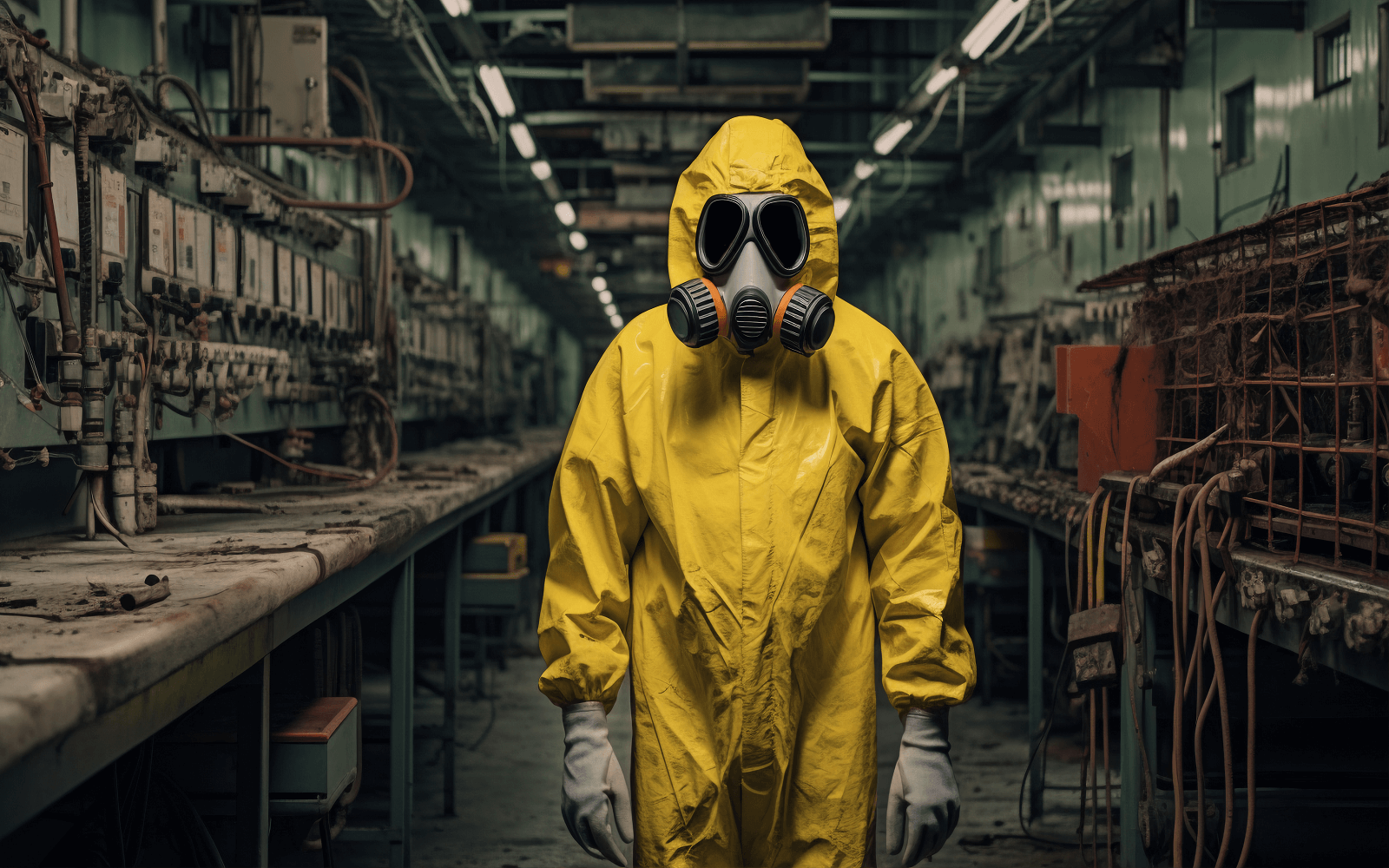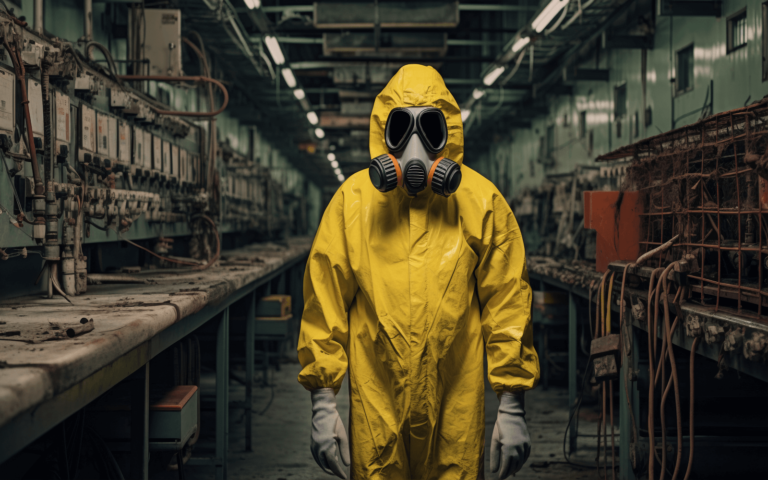A Hazmat suit, which stands for "hazardous materials suit" is special clothing made to protect people from harmful chemicals. These suits protect against chemicals, biological agents, nuclear materials and other harmful substances. Commonly used in businesses, healthcare, emergency response and military operations, Hazmat suits play a crucial role in dangerous settings. This study looks at …
Hazmat Suit: The Ultimate Protective Gear for Hazardous Environments

A Hazmat suit, which stands for “hazardous materials suit” is special clothing made to protect people from harmful chemicals. These suits protect against chemicals, biological agents, nuclear materials and other harmful substances. Commonly used in businesses, healthcare, emergency response and military operations, Hazmat suits play a crucial role in dangerous settings. This study looks at the different types, parts, uses and value of treating and keeping them in good condition.
Types of Hazmat Suits
Hazmat suits are categorized by their security levels according to the rules from the Occupational Safety and Health Administration (OSHA) and the Environmental security Agency (EPA).
Level A: Maximum Protection
Level A suits provide the best safety. These suits have their own breathing system and protect the person wearing them from outside dangers. They are important during serious situations like chemical spills, biological dangers and nuclear pollution.
Level B: High Protection with Flexibility
Level B suits offer good safety and are more comfortable than Level A suits. They include a SCBA but do not offer full sealing. These suits are great for dealing with harmful vapors or gases when complete protection isn’t needed.
Level C: Moderate Protection
Level C suits have a full-face mask instead of a self-contained breathing apparatus (SCBA). They are used when dangerous chemicals are found and the risk of contact is lower. These suits are often used in labs and healthcare areas where there are airborne dangers.
Level D: Basic Protection
Level D suits provide basic safety and are usually used in safe situations. These clothes are used for workplace cleaning jobs where there is minimal or no risk of hazards.
Common Uses of Hazmat Suits
Hazmat suits are used in different businesses and emergency scenarios such as:
- Chemical Industry – Workers wear Hazmat suits to carefully deal with dangerous chemicals and avoid getting exposed.
- Biological Protection – Medical workers wear them when handling highly dangerous diseases such as Ebola or COVID-19.
- Radiation Protection – Nuclear plant workers and emergency rescuers wear Hazmat suits to protect themselves from radiation.
- Disaster Response – When responding to chemical spills, industrial mishaps and bioterrorism concerns first responders don hazmat suits.
- Military and Law Enforcement – Personnel wearing these garments are shielded from dangerous substances such as chemical warfare agents.
Components of a Hazmat Suit
A hazmat suit is made up of a number of crucial parts that work together to provide complete protection.
- Outer Shell – This layer, which is made of sturdy, chemically resistant materials like PVC, butyl rubber or Tyvek, protects against abrasions and harmful chemicals.
- Respiratory Protection – To provide clean, breathing air, hazmat suits come with either a respirator or a SCBA, depending on the degree of protection.
- Gloves and Boots – These chemically resistant attachments, which are often composed of materials like nitrile or neoprene shield users from direct contact with potentially dangerous chemicals.
- Seams and Zippers – Seams and zippers are welded or sealed to stop leakage. For further protection, more sealing tape is used in high-risk areas.
Best Practices for Using and Maintaining Hazmat Suits
To ensure maximum protection, Hazmat suits must be used and maintained correctly. Key best practices include:
- Proper Donning and Doffing – Incorrectly putting on or removing a Hazmat suit can lead to contamination. Strict training protocols must be followed.
- Routine Inspections – Before each use, Hazmat suits should be checked for tears, leaks or damage. A compromised suit must be replaced immediately.
- Effective Decontamination – After exposure a thorough decontamination process is essential to remove hazardous residues. Specialized decontamination stations are often required.
- Correct Storage and Disposal – Hazmat suits must be stored in a controlled environment and disposed of following regulatory safety guidelines after contamination.
Conclusion
Hazmat suits are essential for keeping people safe from dangerous materials in different fields and during emergency situations. These suits provide various amounts of security to keep people safe in medical, industrial and combat environments. Using them correctly, taking care of them regularly, and getting proper training are essential to make the most of them. As technology improves, Hazmat suits are also getting better. They now have better safety features and are more comfortable for people working in dangerous situations.





